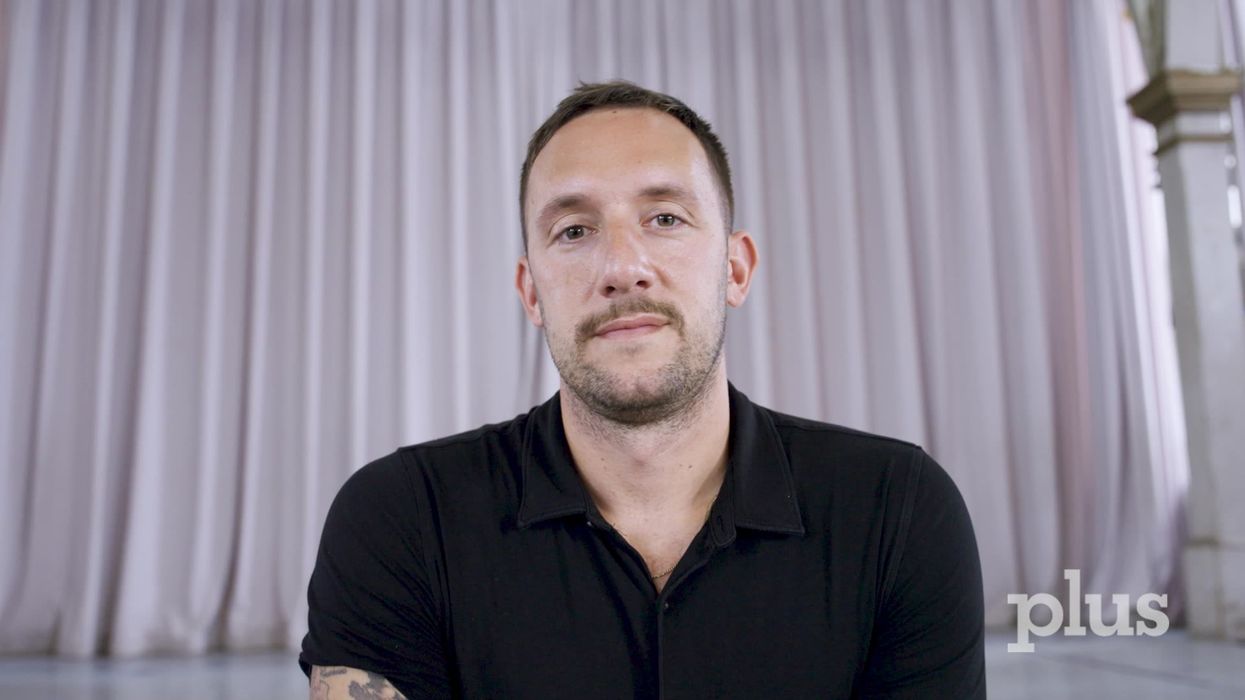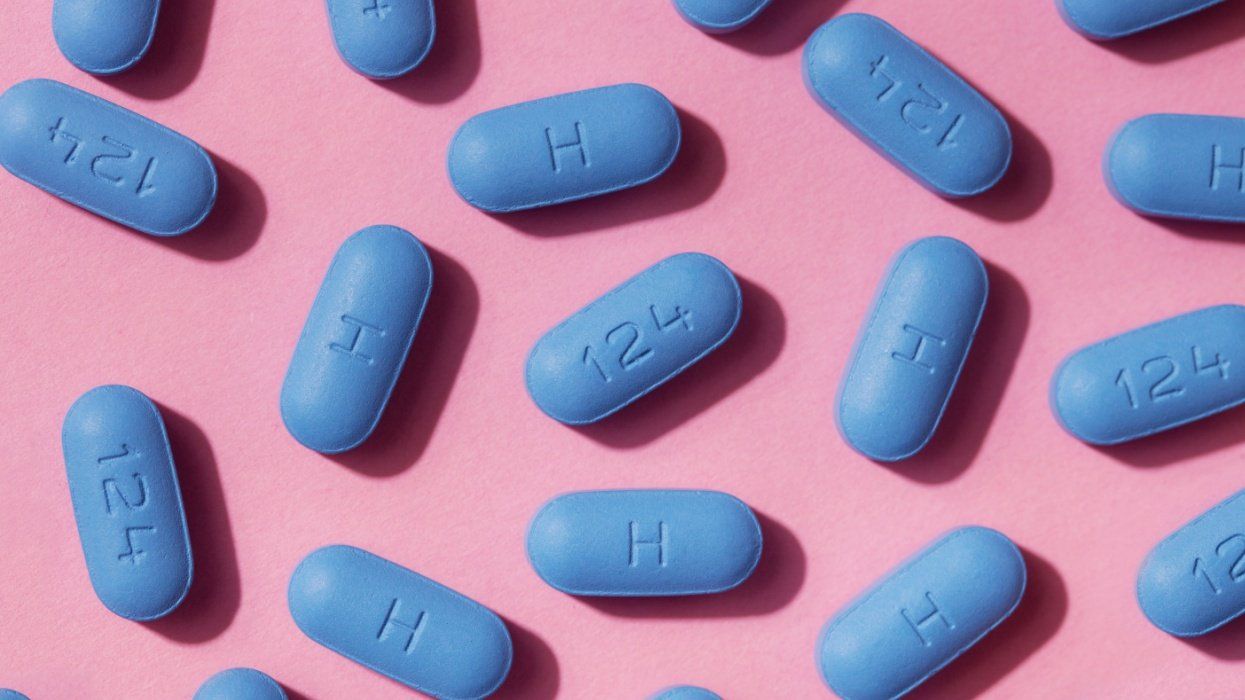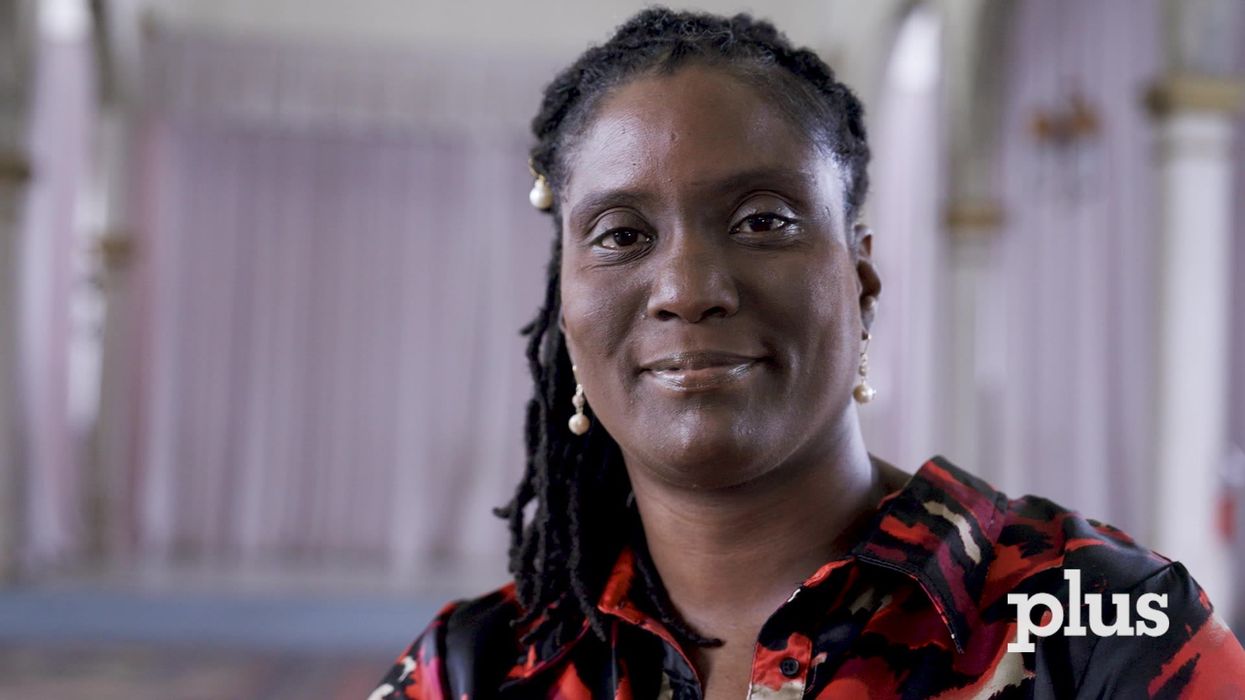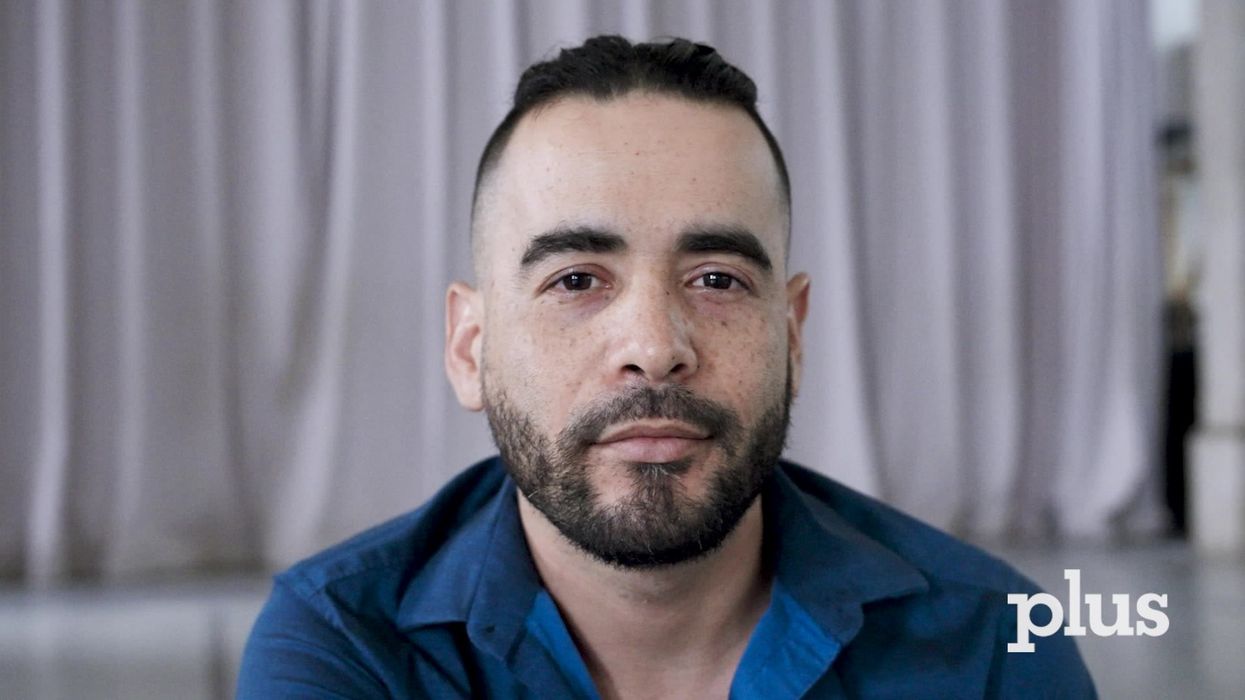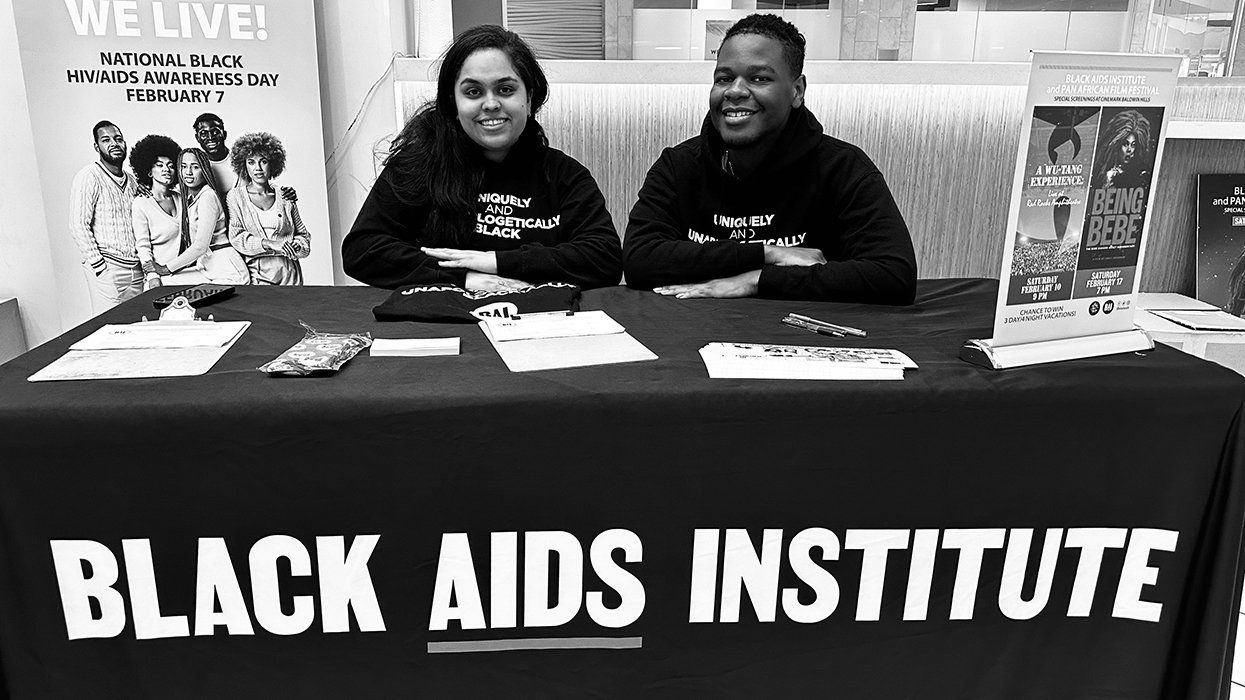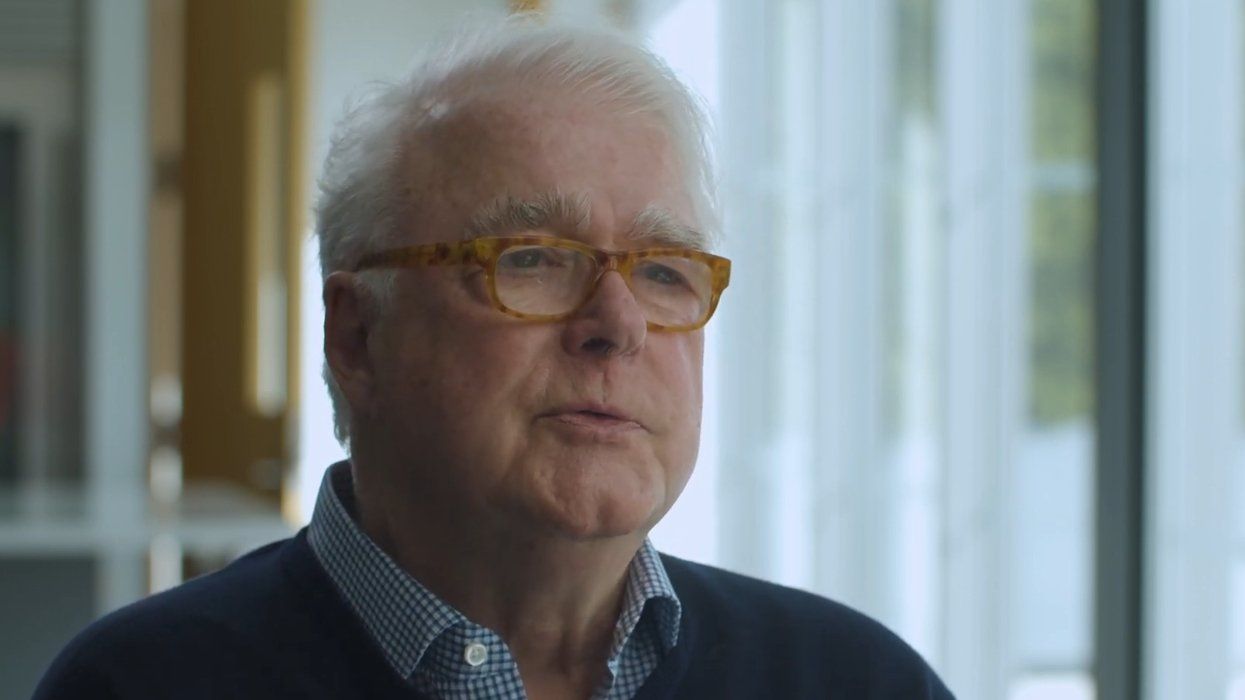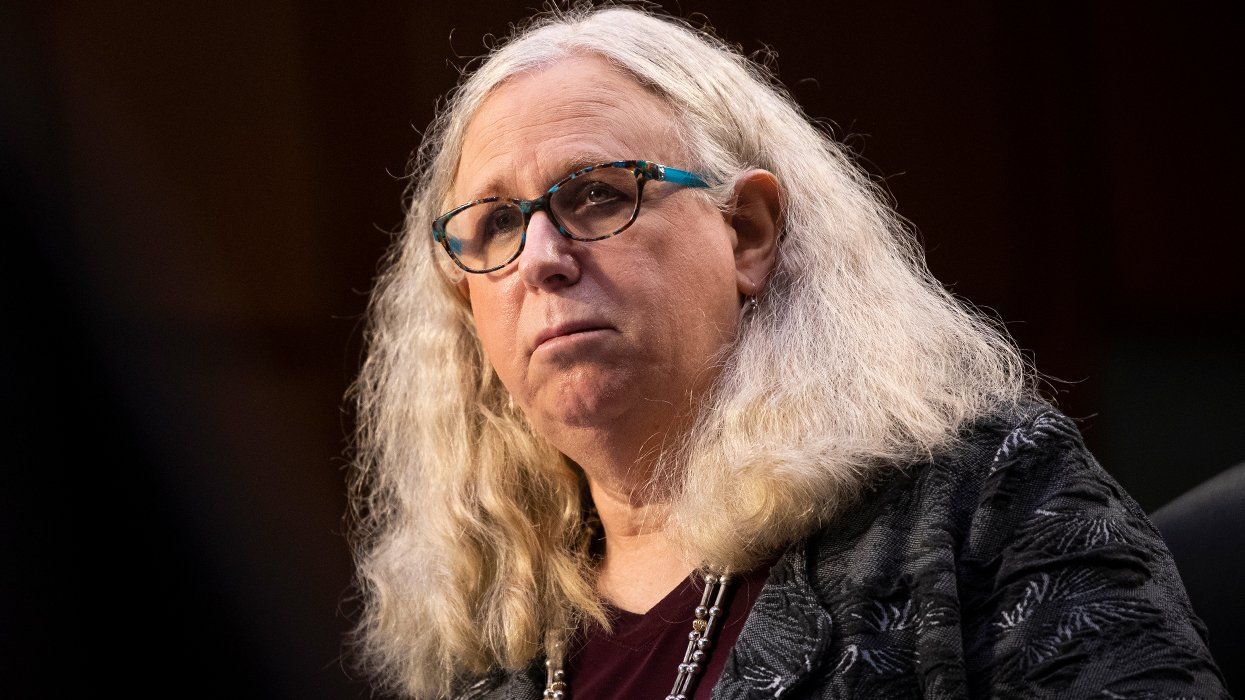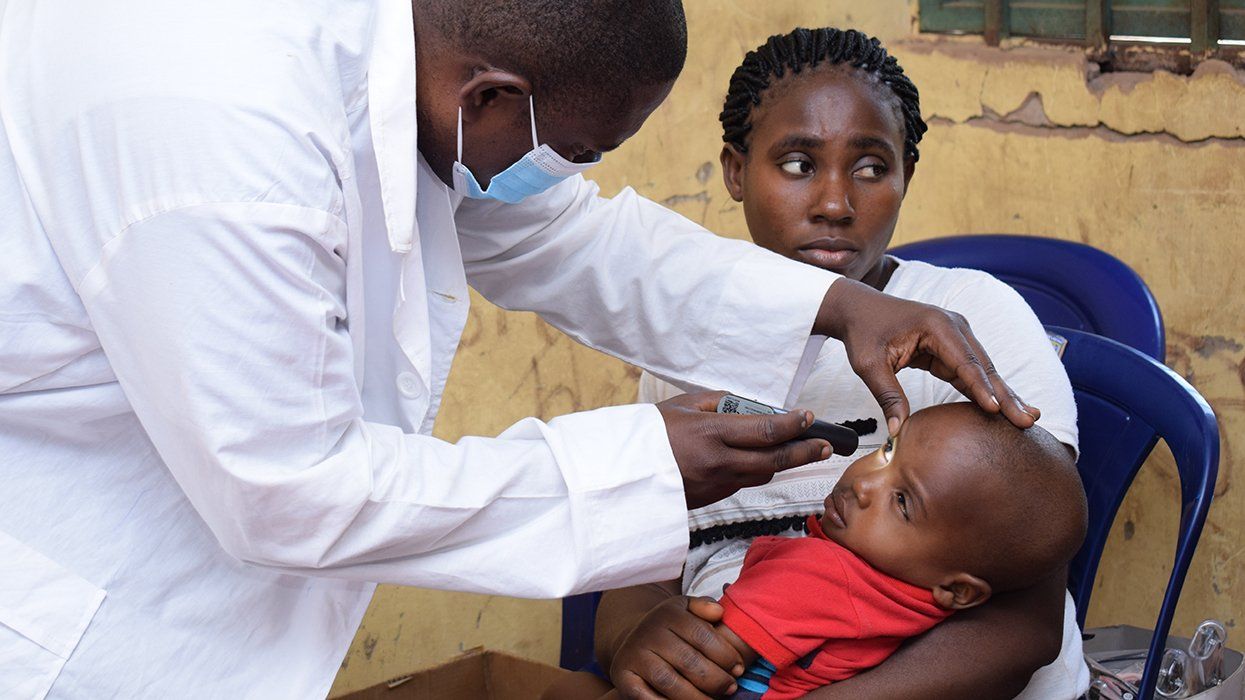December 18 2009 12:00 AM EST
Treatment GuideJust DiagnosedSex & DatingAfrican AmericanStigmaAsk the HIV DocPrEP En EspañolNewsVoicesPrint IssueVideoOut 100
CONTACTCAREER OPPORTUNITIESADVERTISE WITH USPRIVACY POLICYPRIVACY PREFERENCESTERMS OF USELEGAL NOTICE
© 2025 Pride Publishing Inc.
All Rights reserved
All Rights reserved
By continuing to use our site, you agree to our Privacy Policy and Terms of Use.
The death rates of children with HIV have decreased ninefold since doctors started prescribing cocktails of antiretroviral drugs in the mid 1990s, concludes a large-scale study of the long-term outcomes of children and adolescents with HIV in the United States.
Despite this improvement, however, young people with HIV continue to die at 30 times the rate of youth of similar age who do not have HIV, according to researchers from the National Institutes of Health and other institutions.
Earlier studies have shown that adults with HIV are living longer because of improved multidrug antiretroviral regimens known as highly active antiretroviral therapy. However, limited information has existed about the effectiveness of HAART in improving the survival of children with HIV. The current analysis, published in the December 15 issue of the Journal of Acquired Immune Deficiency Syndromes, delineates the effects of HAART on the rates and causes of death for HIV-infected children and adolescents.
Conducted by the Pediatric AIDS Clinical Trials Group, the study was cofunded by the Eunice Kennedy Shriver National Institute of Child Health and Human Development and the National Institute of Allergy and Infectious Diseases, both part of NIH. The study's first author is Michael T. Brady, MD, of Nationwide Children's Hospital in Columbus, Ohio.
In 1994 the mortality rate for HIV-infected children and youth younger than 21 years of age in the United States was 7.2 deaths per 100 person-years (a rate based on the number of children in the study and the total number of years each child was followed). By 2000 that rate had plummeted to 0.8 deaths per 100 person-years and remained stable through 2006. The mean age at death for HIV-infected youth in the study more than doubled from 8.9 years in 1994 to 18.2 years in 2006.
Although this represents a dramatic improvement in survival, the death rate for children with HIV is approximately 30 times higher than that of similarly aged U.S. children who do not have HIV. Multiple organ failure and kidney disease are now major causes of death for HIV-infected children and adolescents. Infections also continue to cause deaths in this group of patients. However, the type of infections has changed, from infections traditionally associated with AIDS to infections that are more common in children without HIV infection.
"The findings are very encouraging, but they still show a need for improvement," says Alan Guttmacher, MD, acting director of NICHD. "For both adults and children, combination antiretroviral therapy is highly effective in preventing the opportunistic infections and other complications resulting from HIV infection. We must now better understand and pursue treatments for children and adolescents to address the other conditions resulting from HIV infection."
"Basic research and clinical studies funded by NIH beginning in the 1980s laid the foundation for the development of the more than two dozen drugs now available to fight HIV, enabling many children infected with the virus to live into adulthood,"said NIAID Director Anthony S. Fauci, MD. "Now we face the challenge of effectively treating the consequences of long-term HIV infection in people who have been infected since childhood."
Between 1993 and 2006, the researchers tracked 3,553 U.S. children and adolescents infected with HIV. Of those children, 298 died. Growing numbers of children with HIV began receiving HAART between 1994 and 2000, and death rates declined annually during that period. Nearly 60 percent of all deaths in the study occurred before 1997, before the advent of HAART for the treatment of children; moreover, children who died were almost four times as likely to have never received HAART as those who survived.
"A wonderful change has occurred: Most HIV-infected children now reach adulthood," says Lynne Mofenson, MD, an author of the paper and chief of the Pediatric, Adolescent, and Maternal AIDS branch at NICHD. "Will these children have a normal lifespan? Unfortunately, we don't have all the answers yet. Currently, we don't have the means to prevent all the complications of HIV infection."
In the early years of the study, secondary infections killed more than one third of the children who died, but from 2002 to 2006, that proportion fell to less than one fourth. Over time, children and adolescents with HIV became more likely to die of kidney failure, stroke, or AIDS-induced multiple organ failure.
To try to prevent these deaths, another long-term study of children with HIV called the Pediatric HIV/AIDS Cohort Study is being funded by NICHD, NIAID, the National Institute on Drug Abuse, the National Institute on Deafness and Other Communication Disorders, the National Heart, Lung, and Blood Institute, and the National Institute of Mental Health. This study is monitoring how children and adolescents with the virus grow and develop, what complications they experience, and whether they experience side effects from their medication.
"To keep these children healthy, we need to learn more about how HIV and anti-HIV drugs affect their growing bodies," says Mofenson. "We took a big leap in our understanding with this study, and the next pediatric cohort study will lead to even more improvements in understanding HIV infection and its treatment in youth."
From our Sponsors
Most Popular
“So much life to live”: Eric Nieves on thriving with HIV
September 03 2025 11:37 AM
Thanks to U=U, HIV-positive people can live long, happy, healthy lives
July 25 2025 2:37 PM
The Talk: Beyond the exam room
August 13 2025 3:15 PM
BREAKING: Supreme Court rules to save free access to preventive care, including PrEP
June 27 2025 10:32 AM
Messenger RNA could be the key to an HIV vaccine — but government cuts pose a threat
August 20 2025 8:02 AM
“I felt like a butterfly”: Niko Flowers on reclaiming life with HIV
July 23 2025 12:22 PM
Dancer. Healer. Survivor. DéShaun Armbrister is all of the above
July 02 2025 8:23 PM
The Talk: Starting the conversation
July 25 2025 4:47 PM
The lab coat just got queer
August 21 2025 10:00 AM
Plus: Featured Video
Latest Stories
HIV-positive men stage 'Kiss-In' protest at U.S.-Mexico border
December 01 2025 12:56 PM
What the AIDS crisis stole from Black gay men
December 01 2025 6:00 AM
Amazing People of 2025: Javier Muñoz
October 17 2025 7:35 PM
It’s National PrEP Day! Learn the latest about HIV prevention
October 10 2025 9:00 AM
“I am the steward of my ship”: John Gibson rewrites his HIV narrative
September 16 2025 2:56 PM
The Talk: Owning your voice
August 25 2025 8:16 PM
The Talk: Navigating your treatment
August 01 2025 6:02 PM
How the Black AIDS Institute continues to fill in the gaps
July 25 2025 1:06 PM
1985: the year the AIDS crisis finally broke through the silence
June 26 2025 11:24 AM
VIDEO: A man living with HIV discusses his journey to fatherhood
June 10 2025 4:58 PM
Trump admin guts $258 million in funding for HIV vaccine research
June 03 2025 3:47 PM
Grindr is reminding us why jockstraps are so sexy and iconic
May 02 2025 5:36 PM
HRC holds 'die-in' to protest Trump health care cuts
April 28 2025 2:11 PM
Two right-wing Supreme Court justices signal they may uphold access to PrEP and more
April 21 2025 4:10 PM
500,000 Children at Risk: PEPFAR Funding Crisis
April 08 2025 3:51 PM
Broadway's best raise over $1 million for LGBTQ+ and HIV causes
April 03 2025 7:15 PM
The Talk Season 5 premieres this spring with HIV guidance for the newly diagnosed
March 26 2025 1:00 PM





